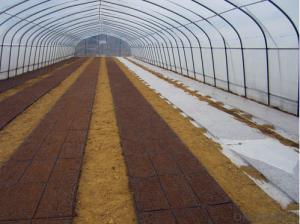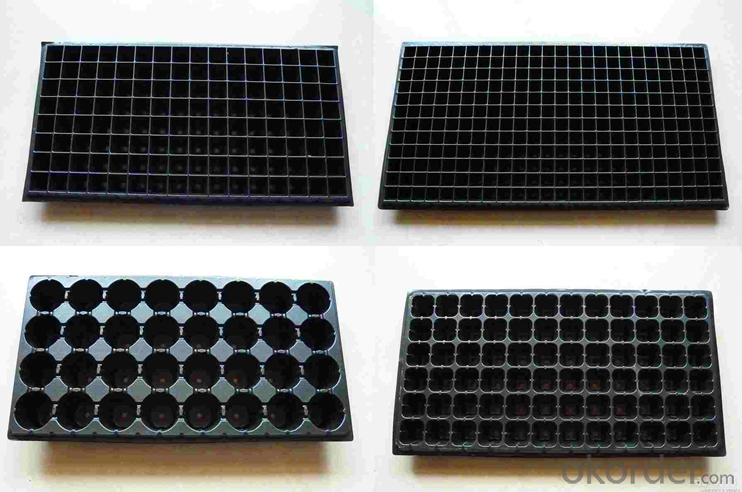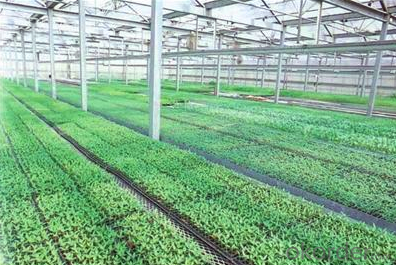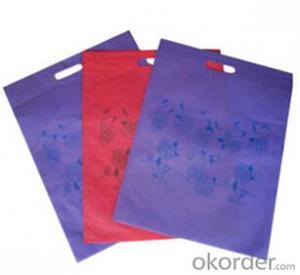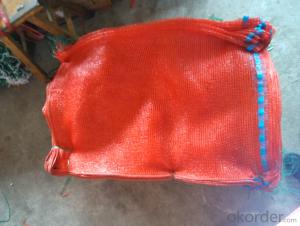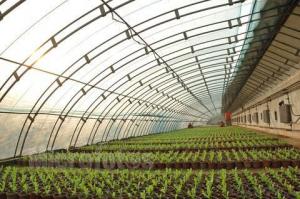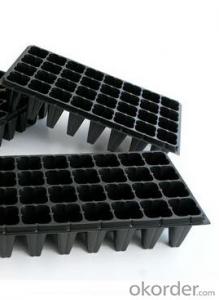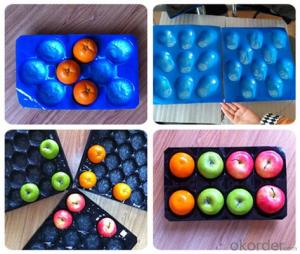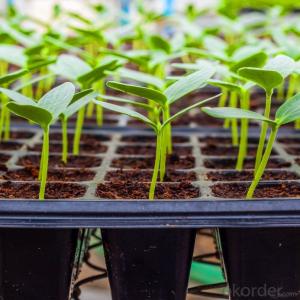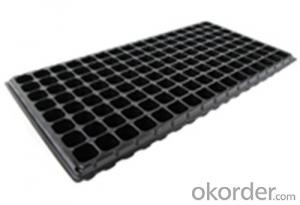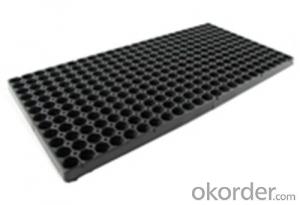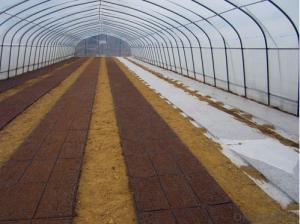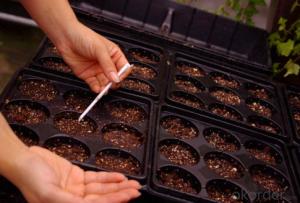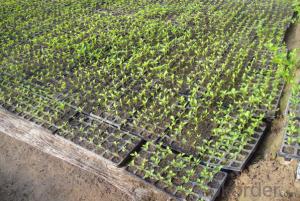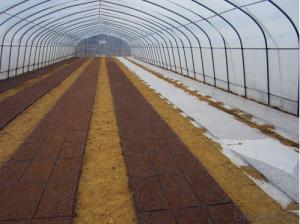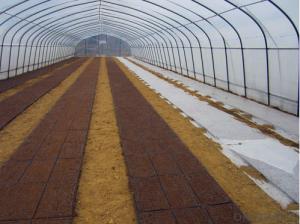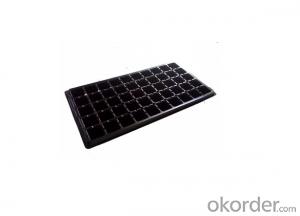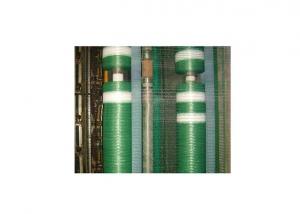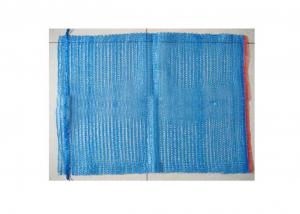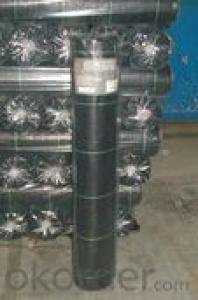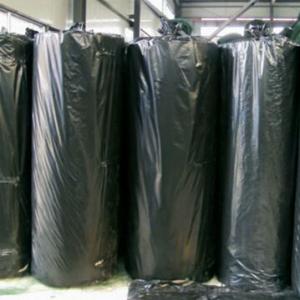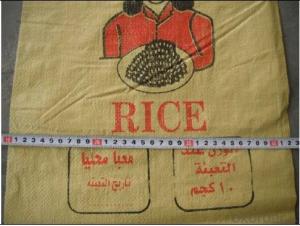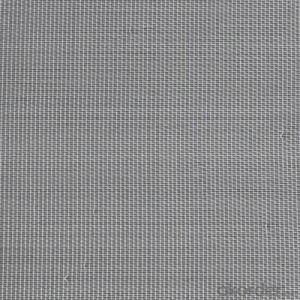Gardening Seed Tray /Plug Tray /Nursery Tray 32 Cells
- Loading Port:
- China main port
- Payment Terms:
- TT OR LC
- Min Order Qty:
- 3000 pc
- Supply Capability:
- 2000000 pc/month
OKorder Service Pledge
OKorder Financial Service
You Might Also Like
Specification of Plug Trays HIPS Made Plastic Plug Tray for Greenhouse (Growing and Seedling):
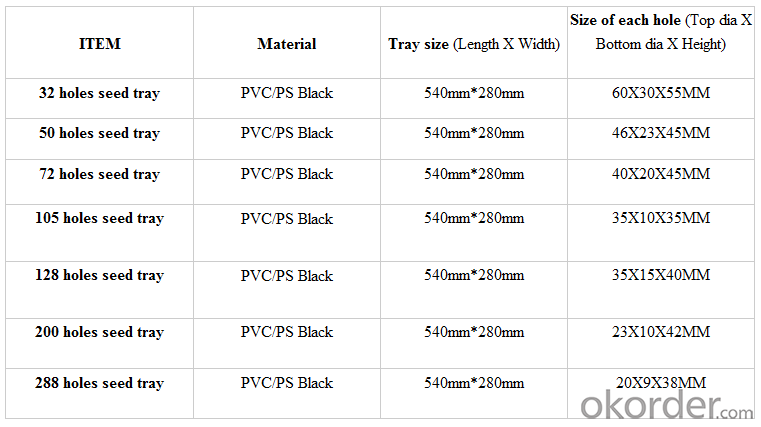
Features of Plug Trays HIPS Made Plastic Plug Tray for Greenhouse (Growing and Seedling):
· Material: HIPS
· Thickness: 0.5mm-1.5mm, Standard:1mm
· Weight: 80g(±5)g-230g(±5)g, Standard weight:155g(±5)g
· Size: length:490mm-540mm, width:190mm-345mm,depth:25mm-150mm
· Standard:540mmX280mm
· Cell count: 18-512
· Package: In Carton
· Warrenty: 8-10 times
Packaging & Delivery
Packing Detail: export standard carton or large bags
Delivery time: 4 million per momth after receipt of deposit
Advantage:
Waterproof, UV-resistant, extrusion-resistant
Easy carry for young seeding plant and grow
Service:
1. Quick, efficient and professional response within 24 hours, 14 hours online services
2. 10 years manufacturing and exporting experience in agriculture field.
3. Technical support and solution by chief engineer.
4. Strict quality control system & team, high reputation in the market.
5. Full range of irrigation products for choice
6. OEM/ODM services
7. Accept sample order before Mass Order
Picture of Plug Trays HIPS Made Plastic Plug Tray for Greenhouse (Growing and Seedling):
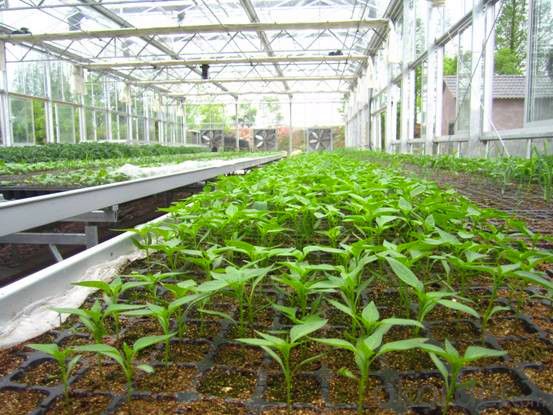
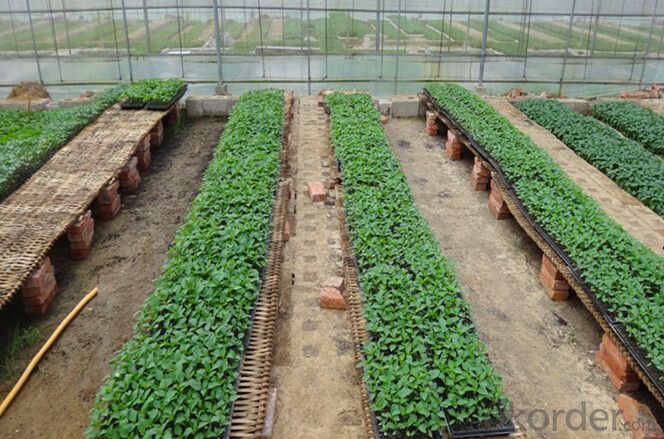
FAQ of Plug Trays HIPS Made Plastic Plug Tray for Greenhouse (Growing and Seedling):
Q: 1.How long is the production time?
A: Usually one to two weeks.
Q: 2.How is the seed tray being packaged?
A: They can be packaged in carton or pallets. Carton size is 1375px*725px*1250px.
Q:3.How many times can the seed tray be used?
A: Under the same environment, it is decided by the thickness. Usually 0.6mm thickness can be used for 1 or 2 times.
1.0 thickness can be used for 3-4 times. 1.5 thickness can be used for 8-10 times.
- Q: I would like to know proper technique and tools for preping painting abs plastic (motorcycle fairings) or a link. thanks
- scuff with a scuff pad, if it has gouges repair it with plastic filler. prime and paint. there are additives out there called flex additive add that to the paint. and primer. we use lesonol at our shop and i sprayed a piece of tin exhaust tape to test it. balled it up and straightened it tons of times, it wouldn't crack
- Q: What is Fiberglass reinforce plastic?
- Almost everything around us.
- Q: Can agricultural plastic products be used for composting?
- Yes, agricultural plastic products can be used for composting, but it depends on the type of plastic used. Some agricultural plastics, such as biodegradable or compostable plastics, are specifically designed to break down in composting environments. However, traditional plastics are not suitable for composting as they do not readily decompose. It is important to distinguish between different types of plastics and choose those that are certified compostable for effective composting practices.
- Q: Can ground cover plants be used to prevent soil erosion around driveways and sidewalks?
- Yes, ground cover plants can be effectively used to prevent soil erosion around driveways and sidewalks. These plants have dense root systems that help stabilize the soil and prevent it from being washed away by water runoff. Additionally, ground cover plants act as a natural barrier, slowing down the flow of water and reducing its erosive power.
- Q: What is the best ground cover for shady areas?
- One of the best ground covers for shady areas is English ivy. It is a vigorous and resilient plant that can thrive in low-light conditions. It forms a dense and attractive carpet-like cover, suppressing weeds and preventing erosion. English ivy also requires minimal maintenance once established, making it an ideal choice for shaded areas.
- Q: I have the lg env3 and I'm looking for a cover. I'm wondering whether i should get a silicon or a snap-on plastic cover.? Which protects the phone better if it gets dropped? Thanks!
- I am using the silicon for my cell as it protects my cell phone more that the plastic one can provide. You can grip your cell phone properly with a silicon but with the plastic its more bulky and can easily slip your hand. Both are actually good. Just examine both of them and pick which is best for you.
- Q: This question asks if the plastic materials used in agriculture can be recycled and used again.
- <p>Yes, agricultural plastic can be recycled and reused. Many types of agricultural plastics, such as polyethylene and polypropylene, are recyclable. Recycling these materials helps reduce waste and the environmental impact of plastic production. After collection, the plastics are cleaned, sorted, and processed into new pellets or flakes, which can then be used to manufacture new agricultural products or other plastic items. However, the recycling process and market for agricultural plastics can vary by region and the type of plastic, so not all agricultural plastics may be recycled in every location.</p>
- Q: How are plastic ground cover fabrics used in weed control?
- Plastic ground cover fabrics are used in weed control by acting as a barrier that prevents weed growth. These fabrics are laid over the soil, blocking sunlight and oxygen from reaching the weeds, thus inhibiting their growth. Additionally, the plastic cover helps retain moisture in the soil, promoting healthier plant growth while suppressing weed growth.
- Q: How are plastic mushroom trays used in mushroom cultivation?
- Plastic mushroom trays are commonly used in mushroom cultivation as a container to hold the growing substrate and provide a suitable environment for mushroom growth. The trays are filled with a mixture of organic materials such as straw, wood chips, or compost, which serve as the substrate for mushroom mycelium to colonize. Once the substrate is prepared, mushroom spawn is added to the trays, and the trays are placed in a controlled environment with appropriate temperature, humidity, and light conditions. The mycelium then grows and eventually forms mushroom fruiting bodies. The plastic trays help maintain moisture levels, provide stability to the substrate, and make it easier to handle and manage the cultivation process.
- Q: How do nursery trays help in maximizing space in a garden or greenhouse?
- Nursery trays help maximize space in a garden or greenhouse by providing a compact and efficient way to grow multiple plants in a small area. These trays are designed with multiple compartments or cells, allowing each plant to have its own space for root development. By using nursery trays, gardeners can stack and arrange the trays vertically, utilizing the vertical space in a greenhouse or garden. This helps increase the number of plants that can be grown in a limited area, maximizing the overall productivity and efficiency of the space.
Send your message to us
Gardening Seed Tray /Plug Tray /Nursery Tray 32 Cells
- Loading Port:
- China main port
- Payment Terms:
- TT OR LC
- Min Order Qty:
- 3000 pc
- Supply Capability:
- 2000000 pc/month
OKorder Service Pledge
OKorder Financial Service
Similar products
Hot products
Hot Searches
Related keywords
